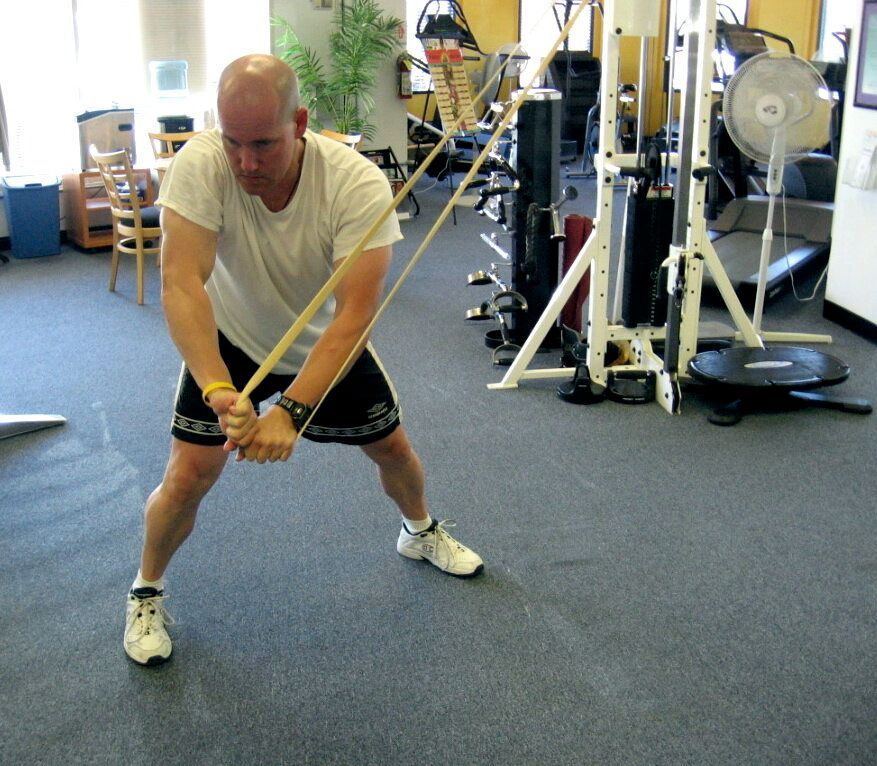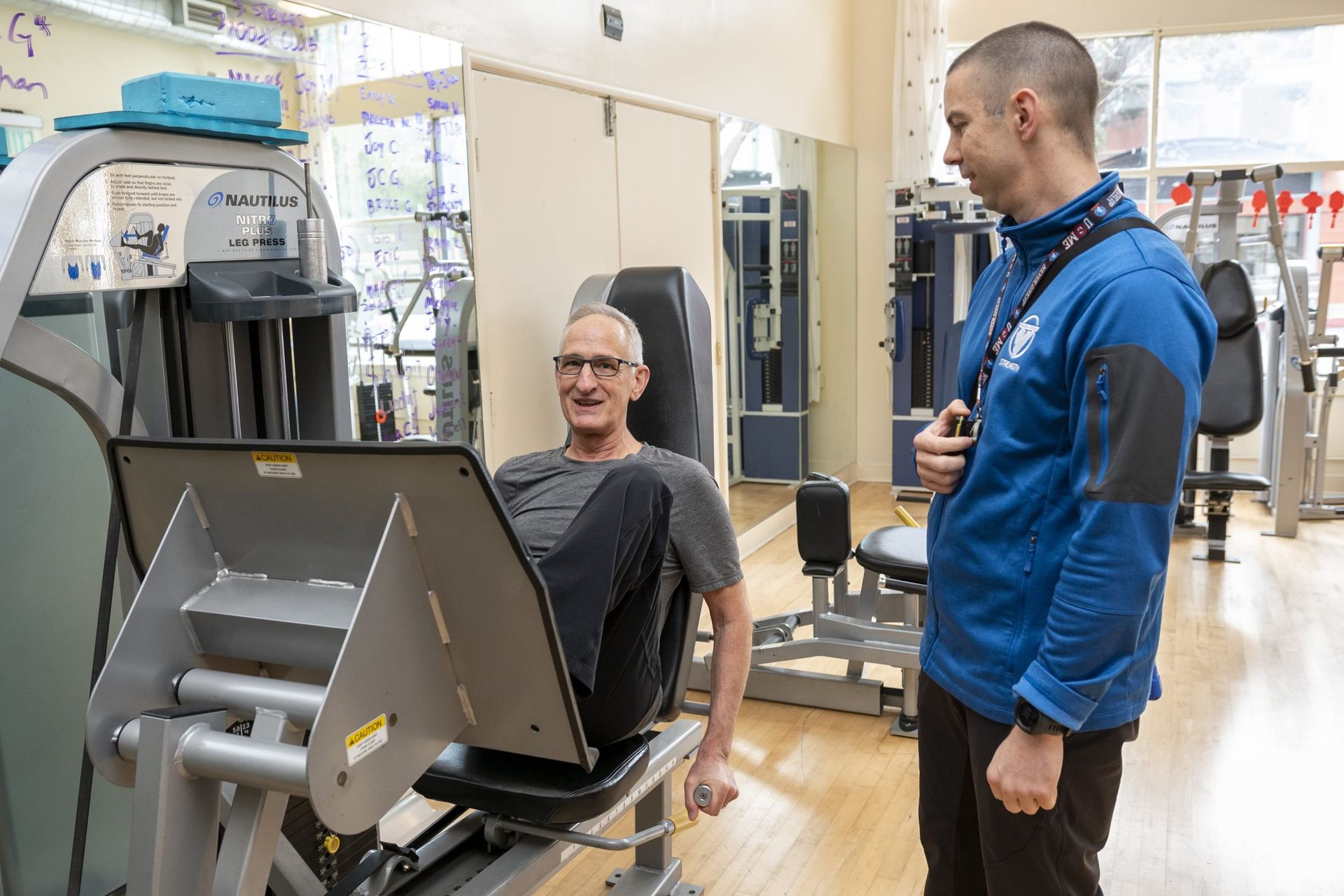Secrets to Performance Enhancement: Part Four Creatine
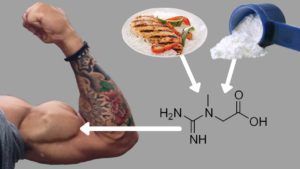
Creatine is one of the most potent muscle building supplements in the supplement world, and has been around for quite a long time.
Creatine was first discovered in 1832 and can be traced back to the mid-1800s . Creatine supplementation gained mainstream popularity after the 1992 Olympic Games in Barcelona. Creatine is now widely used among recreational, collegiate, and professional athletes.
An amino acid, creatine is found normally in the body, with 95% of it found in the skeletal muscle tissue. The body receives its creatine from food that is eaten, typically 2 grams per day. The body also makes its own creatine in the liver from other amino acids.
Creatine is an ergogenic (muscle building) supplement, and numerous studies have proven its effect. “Extra creatine is therefore ergogenic, because it may help generate more power output during intense exercise.” ( Exercise & Sports Nutrition Laboratory ).
Creatine has also been proven to increase strength, performance, and muscle mass. “In addition, long term creatine supplementation produces greater gains in strength and sprint performance and may increase lean body mass.” ( Exercise & Sport Nutrition Laboratory ).
Other studies have proven creatine’s health benefits, not only to bodybuilders or athletes, but to non-athletic and aging individuals.
“ Recent creatine research suggests creatine may have therapeutic applications in aging populations[…]” ( William D. Brink ).
Most people have no idea that creatine has such amazing health benefits as well as the obvious muscle building and energy providing one.
Believe it or not, research has shown that creatine can increase growth hormone production! Its no surprise that creatine is the most widely sold muscle building supplement in the world!
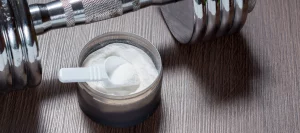
Sugar (Carbs) is not necessary for absorption of creatine, but it will help. There are easier ways for absorption such as using micronized creatine or CEE.
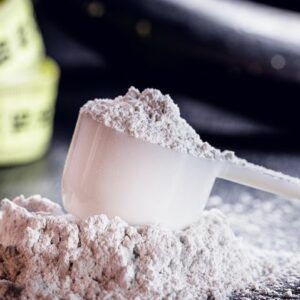 Creatine Truths:
Creatine Truths:
Micronized Creatine:
Micronized Creatine is essentially creatine monohydrate, except it has been micronized, which means the molecules of creatine have been divided or cut up. This increases their surface area 20 times, increasing absorption and reducing stomach discomfort. Pros: Essentially the same as monohydrate but with a larger surface area and smaller molecules, so the same amazing effects of monohydrate. Greatly reduces potential unwanted monohydrate side effects such as bloating and stomach discomfort. More effective than monohydrate, and most monohydrate non-responders should respond to this. Purer than monohydrate because it goes through more refinement processes.
Cons
May be slightly more expensive than monohydrate
May require a loading phase
LOADING*:
For the first 5-7 days load 25 grams per day, taking 5 grams per dose spread out throughout the day. I recommend that you place the whole serving (heaping teaspoon) directly into your mouth and wash it down with 8 oz. of grape juice.
MAINTENENCE:
After the loading phase, I recommend 1-2, 5-GRAM servings per day. The first in upon waking or at least pre-workout.
TAKU's Note: I take Creatine Monohydrate every day. Rather than try to stir it in a liquid, I just throw an entire scoop in my mouth and wash it down with my beverage of choice.
Experience the TNT Strength difference with a free workout.
START YOUR FITNESS TRANSFORMATION WITH A
FREE WORKOUT
Complete the form and we'll set up an appointment for you.
Recent Articles






